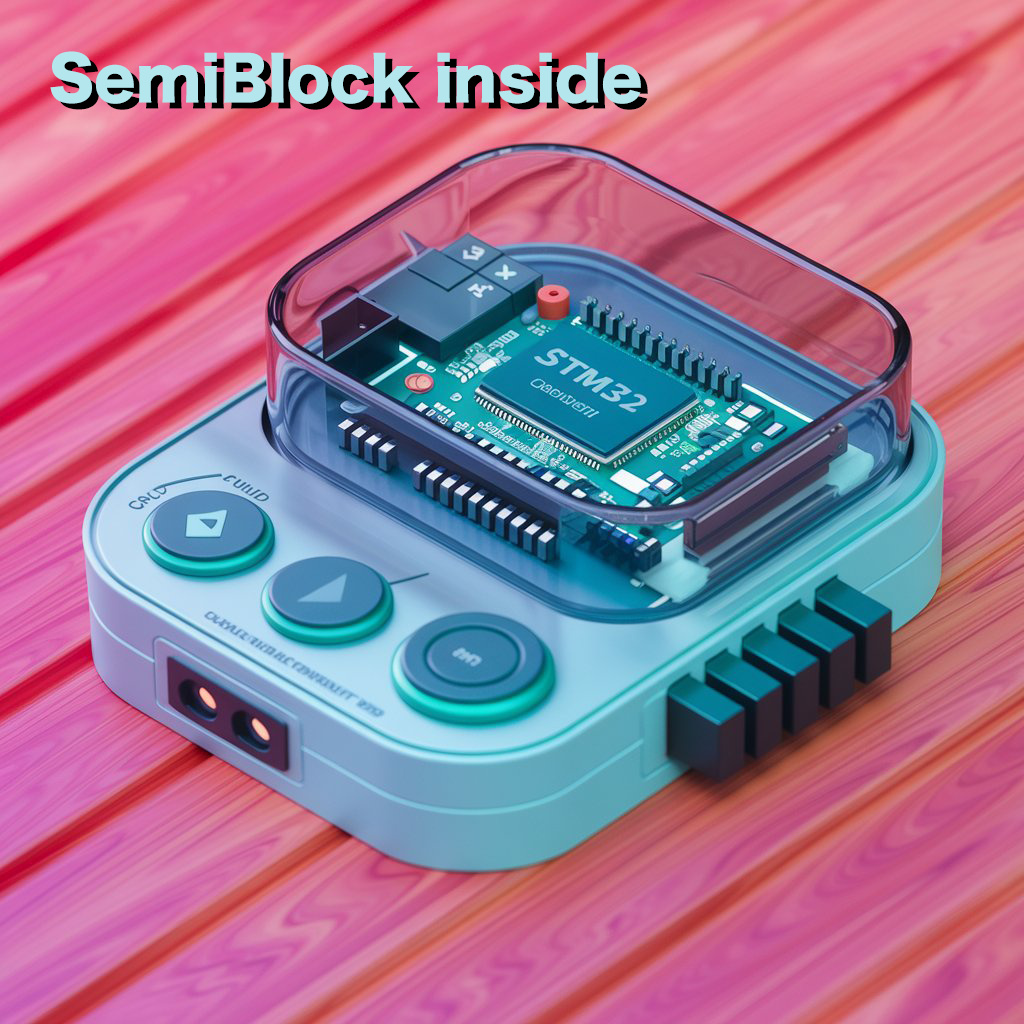ESF COCO 2024
Joined ESF COCO 2024 to give a talk to students. Attending the ESF COCO 2024 was an enriching experience that highlighted the excitement and potential of programming. This event provided an excellent opportunity to explore the latest technologies, share learning experiences, and connect with like-minded individuals.
First, the various keynote speeches offered valuable insights. Experts discussed emerging trends in artificial intelligence, data science, and cybersecurity. These topics not only broadened my understanding but also ignited my enthusiasm for future learning. Hearing from industry leaders about their journeys helped clarify my own career aspirations.
Additionally, the hands-on workshops were incredibly practical, allowing me to apply what I had learned. Collaborating with other participants enhanced my communication and teamwork skills, which are crucial for any programmer. Through practical exercises, I identified areas for improvement in my programming abilities, motivating me to continue honing my skills.
Finally, interacting with participants from diverse backgrounds showcased the inclusivity and vibrancy of the programming community. Everyone shared a passion for technology, exchanging stories and challenges, which solidified my commitment to pursuing programming.
In summary, ESF COCO 2024 not only enhanced my programming skills but also deepened my understanding of this rapidly evolving field. I look forward to attending similar events in the future to continue learning and growing.Share
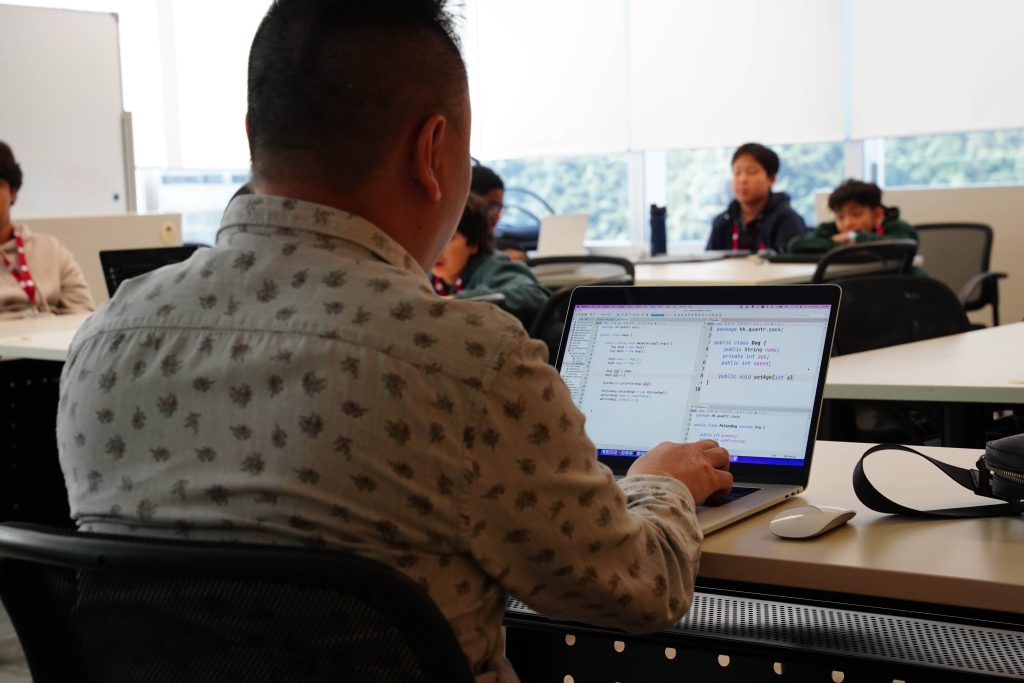
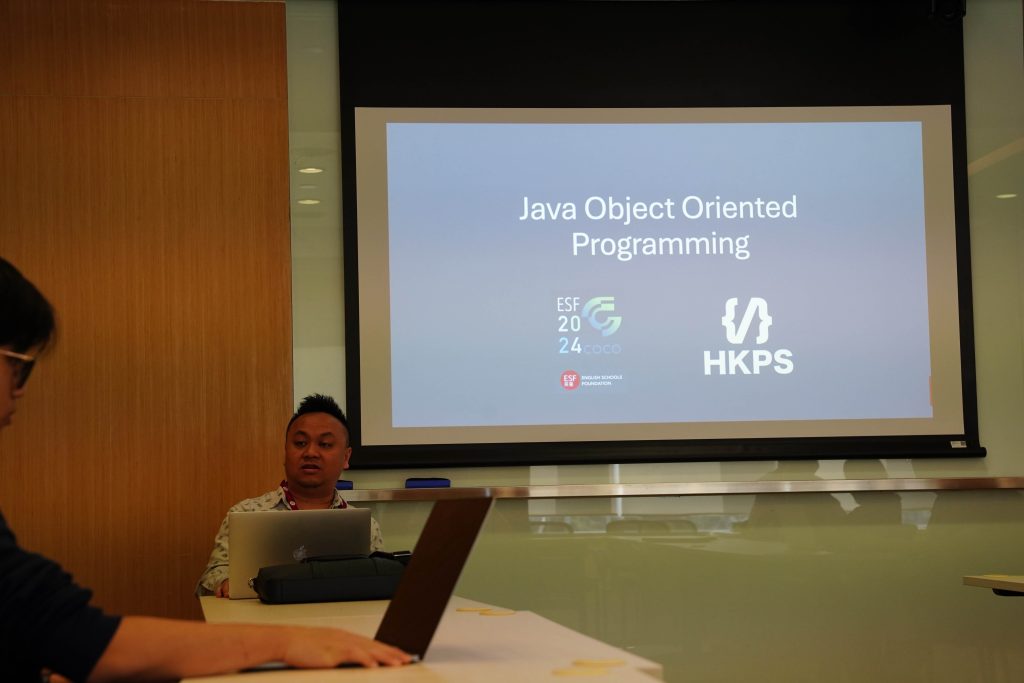
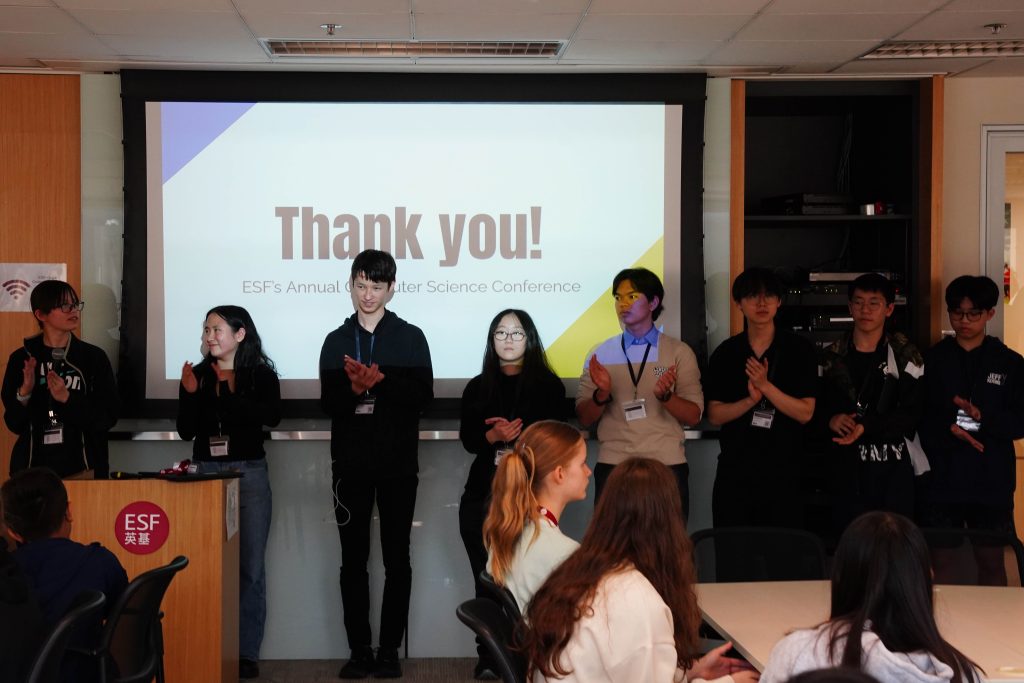
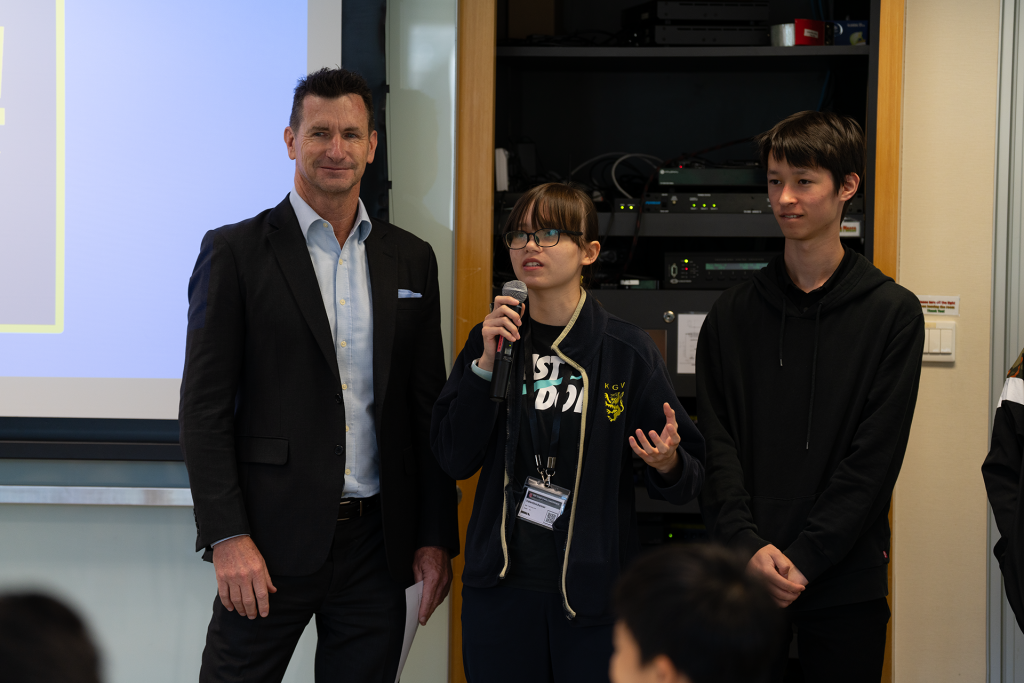
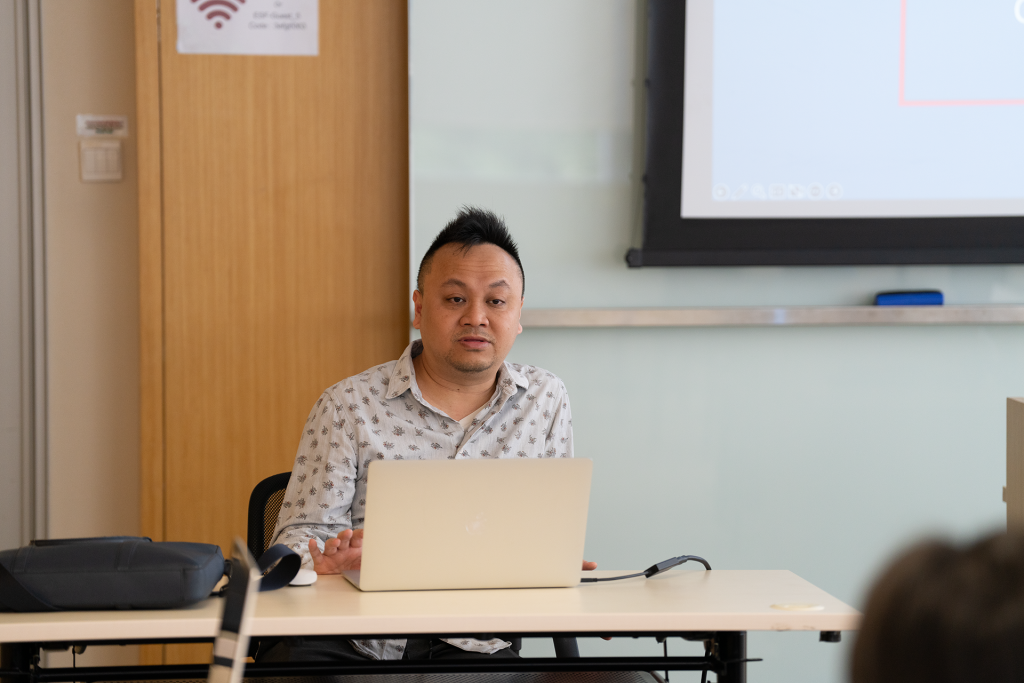
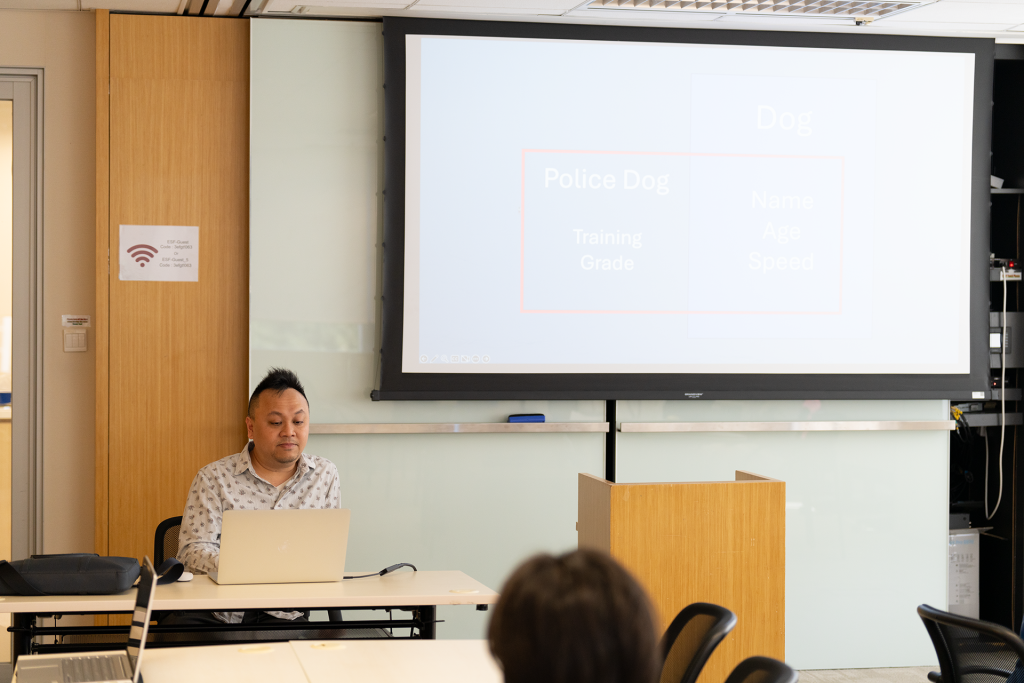


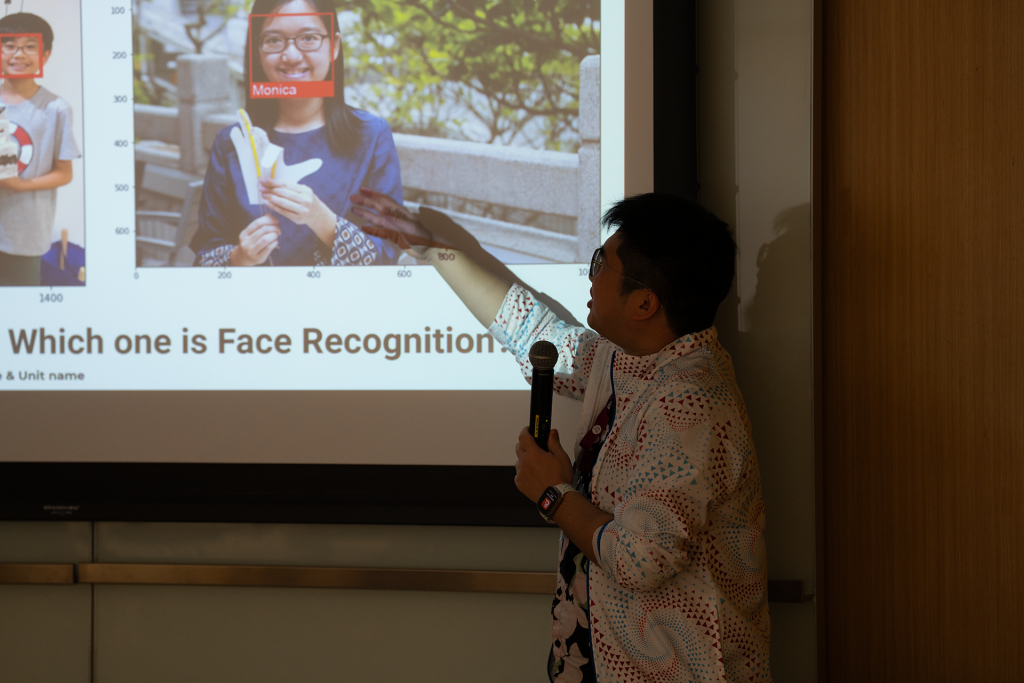

The Hong Kong Programming Society will add operating system components to the SemiBlock teaching tool developed independently, allowing students to start learning kernel programming with a very low threshold. It is suitable for upper primary and junior high school students to introduce operating system components into the SemiBlock teaching tool, which can help students understand kernel programming in a more intuitive and simple way. Here are some suggestions to help achieve this goal:
- Modular teaching: The various components of the operating system (such as the kernel, process management, memory management, etc.) are modularized so that students can gradually learn the functions and operations of each component.
- Visual interface: Use a graphical interface to display the operation of the operating system. For example, creating processes and allocating memory through drag and drop allows students to understand intuitively.
- Real-time feedback: Provide immediate feedback and results display, so that students can see how their changes affect the operation of the system during the operation.
- Simplified language: Use easy-to-understand programming language or graphical programming language (SemiBlock) to lower the learning threshold.
- Real-world examples: Provide real-world examples and challenges that allow students to apply their knowledge to solve problems, such as simulating simple operating system events.
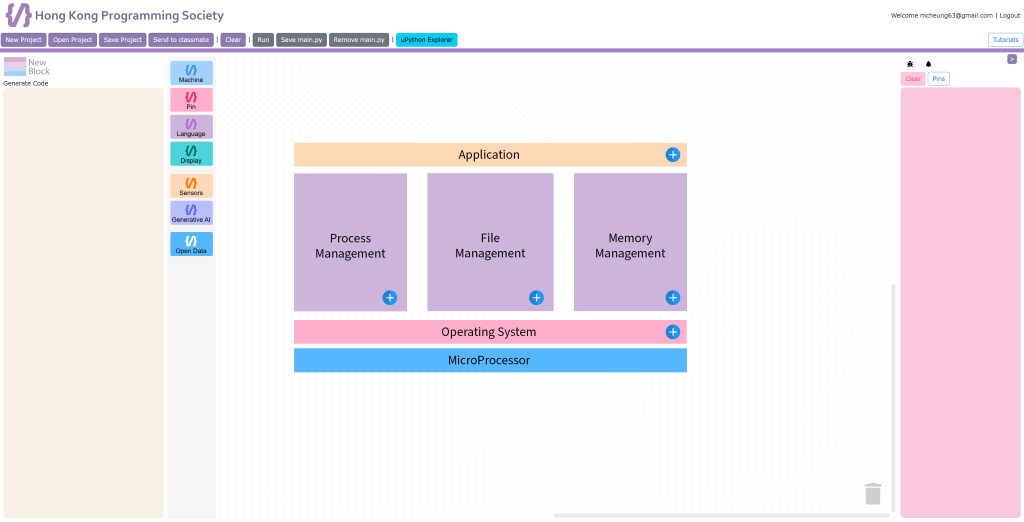
There are several important reasons why coding societies continue to develop new teaching tools to improve young people’s coding skills. First, with the rapid development of technology, new programming languages, frameworks, and tools are emerging in an endless stream. These new tools can enable students to access the latest technologies and stay competitive. Secondly, new teaching tools usually incorporate interactivity and fun, which can attract students’ attention, enhance learning motivation, and make programming learning more interesting. Additionally, these tools can provide a personalized learning experience based on students’ progress and abilities, simplifying the learning curve and helping students understand complex concepts faster. The new tools can also encourage cooperation and communication among students, enhance their collaboration and problem-solving skills, and provide more practical opportunities for students to apply what they have learned in real-world environments. With the rise of digitalization and automation, the demand for programming skills in the future job market will increase. Through constantly updated teaching tools, programming societies can help young people prepare for the future.
Kernel programming usually involves the lowest-level and most complex parts of the operating system, such as process management, memory allocation, device drivers, and interrupt handling. Traditionally, this type of learning requires a considerable understanding of the underlying hardware and system architecture, and often requires development in a low-level language like C. For beginners, this can be a steep learning curve. If SemiBlock can modularize or visualize these complex concepts and provide an intuitive interface or tool chain, it is indeed possible to significantly reduce the difficulty of getting started. Designs like SemiBlock can not only attract beginners who are interested in programming, but also help them build an intuitive understanding of the operation of the operating system, laying the foundation for in-depth study of the Linux kernel, microkernel (such as microkernel) design or other system-level development in the future. The move by the Hong Kong Programming Society may also reflect the current education field’s emphasis on cultivating practical skills in STEM (science, technology, engineering and mathematics).
Valentina will give us an introduction about bytedance visactor open source project, it is a great project to put charts in your website. In my opinion, it is even better than famous project jschart. Valentina will demo how to do project setup and coding demo.
